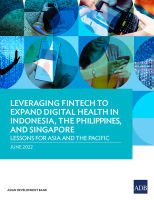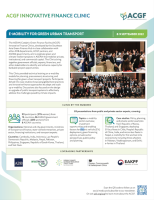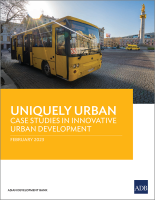Metropolitan Area Delineation and Resilience Under a Public Health Crisis: Evidence from the Philippines
 Download (1.69 MB)
Download (1.69 MB)
Publication Type:
Publisher:
Asian Development Bank (ADB)
Publication:
August 2024
This paper delineates and examines the dynamics of metropolitan areas in the Philippines during the COVID-19 pandemic.
Metropolitan areas serve as vital engines for economic growth by operating as functionally autonomous spatial entities and generating significant agglomeration benefits. Given that economic connectivity and urban expansion are rarely confined within administrative boundaries, it becomes imperative to delineate appropriate urban agglomerations—metropolitan areas in this context—for both research and practical purposes.
This paper delineates and examines the dynamics of metropolitan areas in the Philippines during the COVID-19 pandemic. The study identifies several large metropolitan areas not officially recognized, and different spatial extents for the three officially designated metropolitan areas prior to the pandemic. The largest metropolitan areas grew faster than urban areas and the country as a whole. Metropolitan areas contracted or fragmented under strict mobility restrictions but rebounded swiftly as restrictions eased. Proximity, administrative boundaries, accessibility, and labor market complementarity play important roles in metropolitan areas formation.
Contents
- Introduction
- Administrative Divisions and Metropolitan Areas in the Philippines
- Data and Methodology
- Pre-pandemic Results
- Dynamics of Metropolitan Areas During the Pandemic
- Driving Factors for Metropolitan Area Formation
- Conclusion


